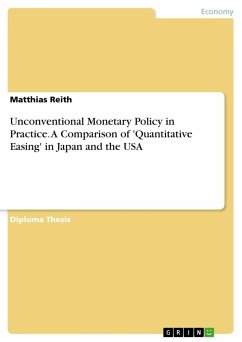This book uniquely explores the role and governance mechanism of central banks by applying new institutional economics (NIE). Simultaneously, the book tests the analytical viability of NIE when applied to an organization that has both public and private characteristics. Special attention is paid to the Bank of Japan (BOJ) based on the author's 30 years of work experience and "participant observation" there, touching upon discussion of central bank independence. The book argues that central bank independence cannot be defended solely by law, and a mechanism to eliminate requests from politicians needs to be embedded within the governance structure.
The book also provides a comparative analysis between the BOJ and central banks in Europe and the USA. In reviewing the global financial crisis of 2008-2009, it suggests possible measures based on behavioral economics and public choice theory. These theory-based analyses provide useful insights when considering matters such as whether a central bank should issue electronic money or the European system of central banks could be established in Asia.
The book also provides a comparative analysis between the BOJ and central banks in Europe and the USA. In reviewing the global financial crisis of 2008-2009, it suggests possible measures based on behavioral economics and public choice theory. These theory-based analyses provide useful insights when considering matters such as whether a central bank should issue electronic money or the European system of central banks could be established in Asia.
"This book has no equal in comprehensively reviewing the implications of new microeconomic theory for central banking. ... Because of its comprehensiveness and the clarity of its summaries of these new theories, this book is likely to become a lasting reference. This is aided by the very methodical layout, the extensive bibliography (including many Japanese publications, whose key points are summarised in the text) and a good index." (Philip Turner, Central Banking Journal, December 3, 2019)








